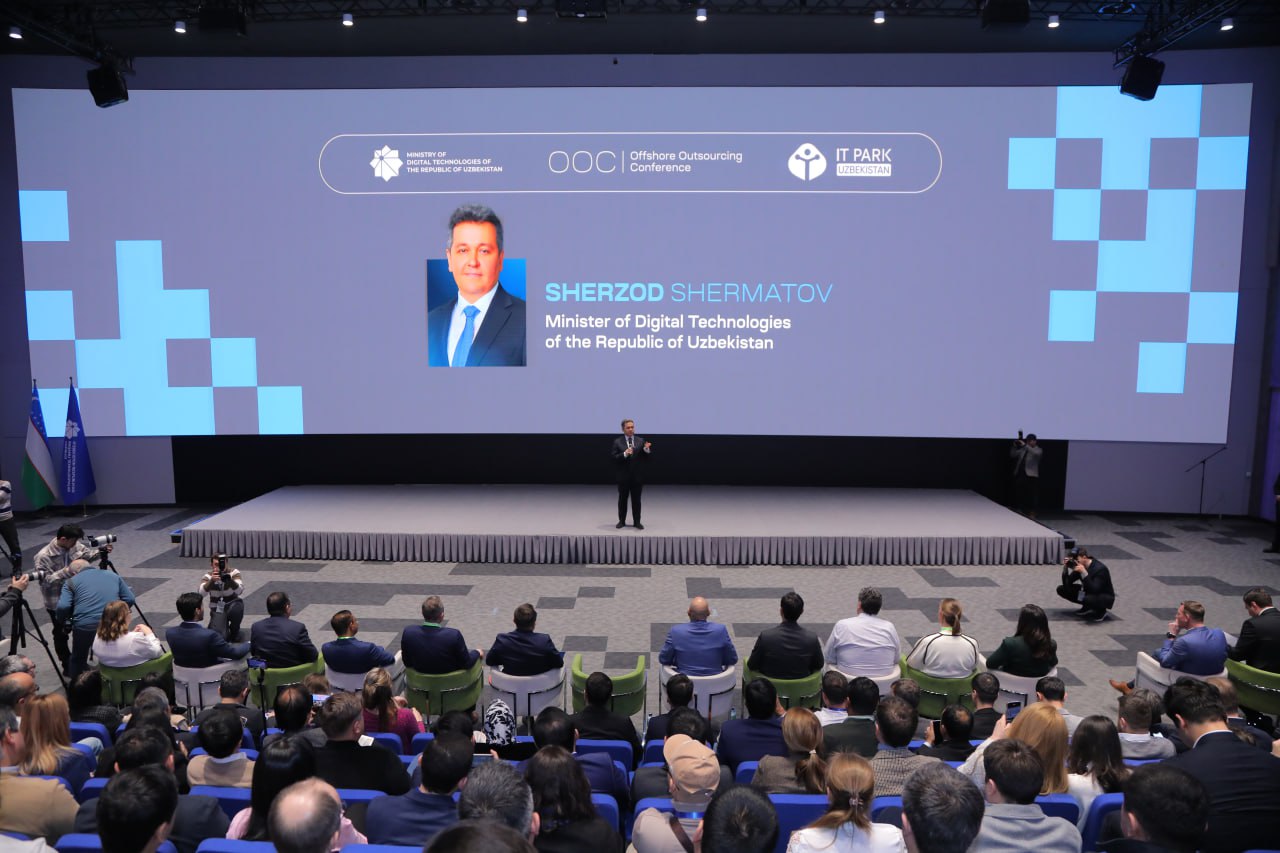AMD has officially introduced the Ryzen Threadripper 9000 processors, a new generation of flagship solutions for workstations and high-performance systems. The range includes models that promise significant performance gains over previous generations, while maintaining compatibility with existing infrastructure.
Ryzen Threadripper 9000 processors are based on the Zen 5 architecture, which replaced Zen 4. Although the main parameters, including the number of cores and TDP, remained the same, improvements were made to computational efficiency and a number of technical characteristics. The average performance gain per clock cycle (IPC) is 16%, which is confirmed by the test results published by AMD. Depending on the usage scenarios, the speed increase reaches 16% -25% compared to the previous generation.
The top model for server systems-Threadripper Pro 9995W-is equipped with 96 cores with a frequency from 2.5 to 5.4 GHz. For workstations, the flagship Threadripper 9980X is offered with 64 cores and a frequency of 3.2-5.4 GHz. Both models support a full 512-bit AVX-512 instruction bus, which expands the ability to handle resource-intensive tasks in engineering, scientific, and multimedia applications.
Ryzen Threadripper 9000 processors support DDR5-6400 RAM and have improved cache performance. Delays in the third-level cache have been reduced, which has a positive effect on performance in memory-intensive tasks. The TDP for the new models is 350 W, similar to the solutions of the previous generation. All processors use a sTR5 socket, which guarantees compatibility with existing motherboards for the Ryzen Threadripper platform.
The new Ryzen Threadripper 9000 processors will go on sale in July. The line will be presented both in the form of processors for professional workstations, and in the Pro server configuration. AMD positions the new models as the most powerful solutions in the consumer market, designed for professionals working with heavy computing loads, 3D modeling, rendering, and large data sets.
The company emphasized that the new generation provides a deeper level of performance without the need for a complete hardware replacement, while maintaining compatibility with the previous generation of motherboards.











